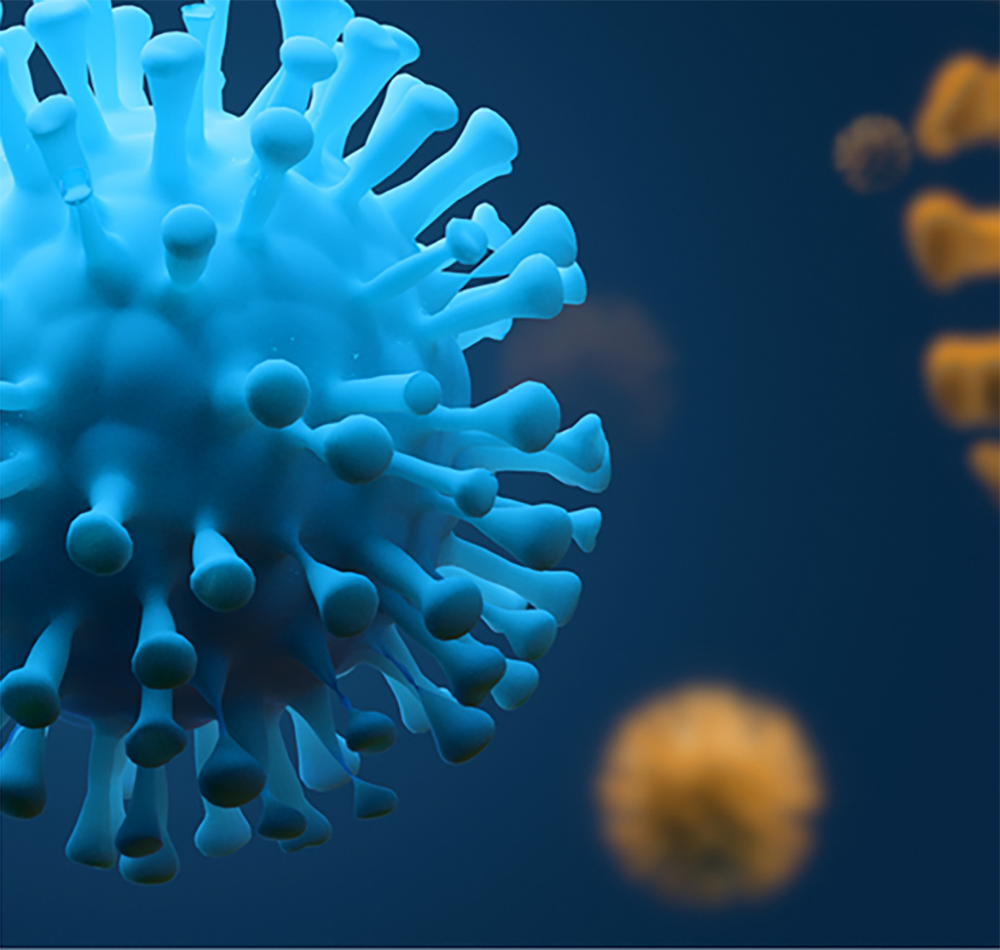The COVID-19 pandemic has disproportionately affected Washington, D.C. wards with a high percentage of Black and Latinx residents and a greater number of people who are less likely to be able to work remotely, according to a study by the Georgetown University Center for Global Health Science and Security.
The COVID-19 special report titled, “Analysis of Demographics and Mobility Across D.C. During COVID-19,” was published Jan. 26 and is the third citywide report commissioned by the Office of the D.C. Auditor. GHSS partnered with the research and development company Talus Analytics for all three reports, which are part of a larger six-month effort to understand the efficacy of current COVID-19 pandemic mitigation policies.

Stay-at-home guidelines and policies, especially the official Apr. 1 stay-at-home order released by D.C. Mayor Muriel Bowser (D), coincided with the largest drop of mobility across the District, according to the report. These guidelines were less successful in reducing mobility effectively in Wards 7 and 8, which have higher poverty rates than the rest of the city.
“Those in Wards 7 and 8 had the smallest increase in people staying home, both in the spring when stay-at-home orders were in place and through the end of 2020, consistent with needing to leave home for work,” the report reads. “These results are consistent with trends reported nationally: underserved and socially and economically vulnerable populations face disproportionate impacts from COVID-19.”
The report hypothesized that mobility limiting efforts to prevent transmission failed in certain wards because those areas are home to more essential and frontline workers.
Using employment data from the American Community Survey from 2014 to 2018, the report found that the wards that saw the smallest decrease in mobility also had the most amount of jobs in which teleworking is impossible, thus leading to the disproportionate levels of COVID-19 cases in Wards 4, 5, 7 and 8, with particularly high fatality rates in Wards 7 and 8.
The report’s findings are important because they highlight the demographics of essential workers and the risks they take to do their jobs, according to Ellie Graeden, CEO of Talus Analytics and adjunct professor at GHHS.
“Those people who didn’t stay at home and remained more mobile were also those who are disproportionately employed as essential workers, for example. Then, obviously, they couldn’t stay home. It wasn’t a matter of not following the rules, which is too often the assumption,” Graeden said in an interview with The Hoya. “They were the ones who were making it possible for you to stay home.”
While COVID-19 cases in D.C. have been declining in recent weeks, at least 38,348 cases and 965 deaths attributed to COVID-19 have been reported in D.C. since coronavirus was first detected in the city in February 2020. A June report published by the School of Nursing & Health Studies confirmed that the COVID-19 pandemic has revealed the inequities of the healthcare system and has predominantly hurt communities of color and socioeconomically vulnerable communities. This newest report by GHSS not only confirmed minorities were more likely to contract and die from the virus, but also identified several economic and social risk factors for why these communities in D.C. have been most affected.
In addition to identifying correlations between demographics and COVID-19 rates, the report also aimed to provide targeted policy recommendations to the Office of the D.C. Auditor. The report used policy data from the COVID Analysis and Mapping of Policies, a database tool created by Graeden and GHSS in early 2020, to identify effective policies to inform future response efforts, according to Graden.
“Building all the work we had done together, we then performed all of this analysis, applying what we had learnt in the context of COVID AMP to solving this as a practical policy question that was being raised by D.C. in the context of managing the response,” Graeden said. “But as the pandemic gets longer, it gets easier — more data is available, for better or for worse.”
As of Feb. 8, the D.C. metropolitan area remains in Phase Two of Mayor Bowser’s reopening plan, and approximately 14.5% of the District’s population has been vaccinated against the coronavirus. D.C. should continue to prioritize vaccinating essential workers with high mobility rates to not only curb the spread of the virus but also to help address equity issues, according to the report.
“The current focus in the District’s vaccination plan is well aligned with this focus on testing essential workers, with clear targets for vaccinating high risk essential workers starting January 11, 2021, with remaining essential workers eligible as of February 1, 2021,” the report reads. “Ensuring that these groups feel comfortable receiving the vaccine and have easy access to places of vaccination will be key.”




















